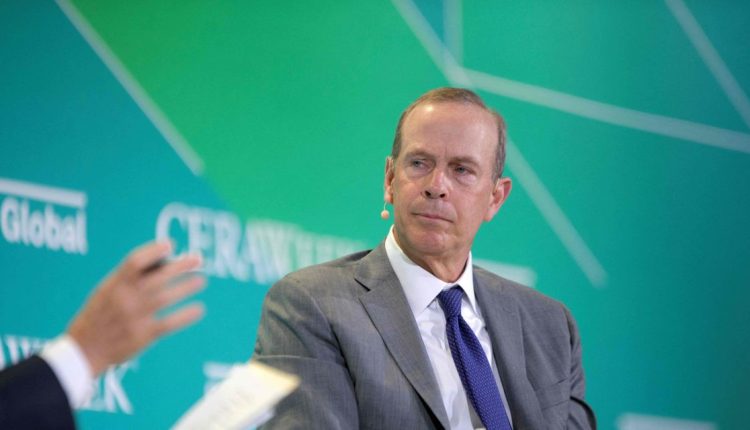Oil prices charted fresh highs on Tuesday, as traders weighed up supply constraints, while Chevron CEO Mike Wirth predicted prices will return to $100 a barrel.
Price action
-
West Texas Intermediate crude
CL00,
+0.76%
for October delivery
CL.1,
+1.11% CLV23,
+1.11%
rose 82 cents, or 0.8%, to $92.29 per barrel. On Monday, oil gained 0.8% to $91.48 per barrel, the highest front-month contract finish since Nov. 7, based on Dow Jones Market Data. -
November Brent crude
BRN00,
+0.53% BRNX23,
+0.53% ,
the global benchmark, rose 54 cents, or 0.5%, to $94.98 a barrel, tapping a high of $95.15 a barrel on ICE Futures Europe. Monday’s close of $94.43 a barrel was the highest since Nov. 11. -
October gasoline
RBV23,
+0.46%
rose 0.3% to $2.707 a gallon, while October heating oil
HOV23,
+0.39%
added 0.2% to $3.296 a gallon.
Market drivers
Investors have been looking past worries about China growth and a sluggish economy in Europe to push the commodity higher amid ever-tightening supplies, as Russia and Saudi Arabia have each curbed production. U.S. oil prices gained 3.7% last week and Brent 3.6%, with both also ending Friday at their highest since November.
Chevron CEO Wirth told Bloomberg TV in an interview on Monday that crude looks likely to reach $100 per barrel, a level it hasn’t seen in more than a year. “Supply is tightening, inventories are drawing. These things happen gradually and you can see it building, and so I think…the trends would suggest that we’re certainly on our way,” he said.
Wirth acknowledged that oil at $100 could cause a “drag” on the U.S. and global economies, as some market observers are fearing.
“But you know, we’ve had relatively higher oil prices here now for most of this year and certainly all of last year. The recession that everyone’s been talking about hasn’t arrived. And so I think the underlying drivers of the economy in the U.S. and frankly globally remain pretty healthy,” he said.
Wirth said they haven’t changed their long-term price expectations for oil, though noted the market has been volatile since the pandemic. “This has been a period of time where prices have been unpredictable and volatile and not what you would call midcycle,” he said.
Read the full article here

